A paralympian with an Olympic rings tattoos responded after controversy surrounded the strict IPC rules.
The world of competitive sports is no stranger to strict rules and regulations.
However, the International Paralympic Committee (IPC) has recently come under scrutiny for its stringent tattoo policy.
They prohibit athletes from displaying tattoos that reference the Olympic Games.
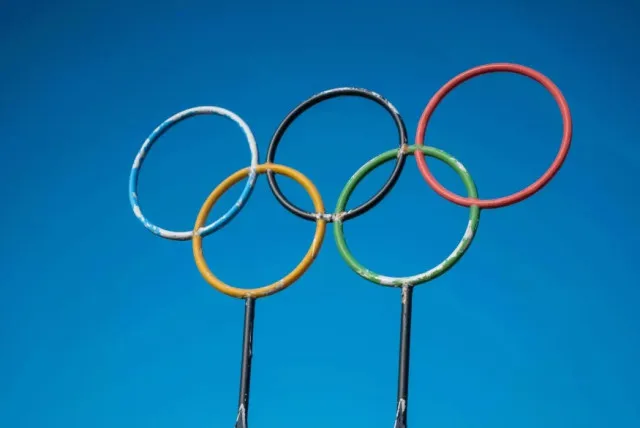
This policy has sparked debate among Paralympians, some of whom face potential disqualification due to their body art.
Paralympian with Olympic rings tattoo ban from the Paralympic Games
The IPC became the center of controversy after issuing a rule that bans “body advertisements,” including tattoos, from being displayed during the Paralympic Games.
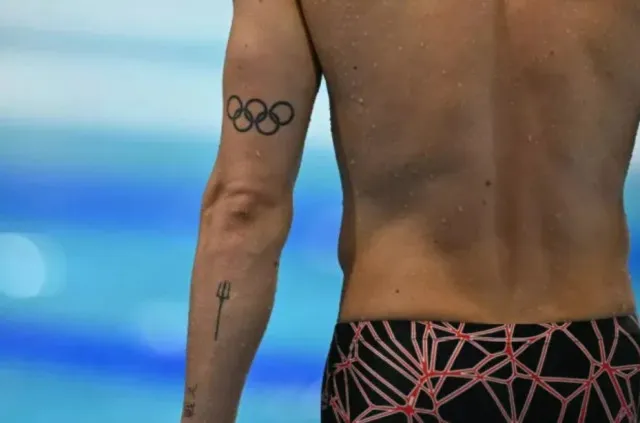
Olympic athletes are allowed to showcase tattoos, such as the Olympic rings, as long as they are not offensive or promotional of non-Olympic brands.
However, the IPC has different rules. They do not extend the same leniency to paralympians.
According to an IPC spokesperson, this rule aims to maintain a clear distinction between the Olympic and Paralympic brands.
This policy promoted the unique identity of the Paralympic Movement and its symbol, the Agitos.
The concern is that displaying Olympic tattoos might confuse the public and blur the lines between the two organizations.
Athlete reactions to the tattoo rule
Many Paralympians have expressed their frustration over this rule.
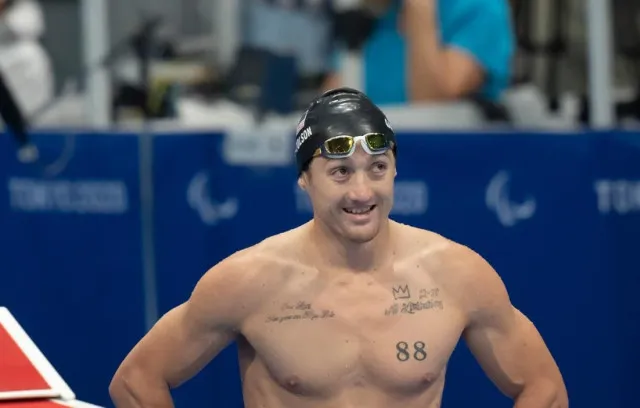
Rudy Garcia-Tolson, a Paralympic swimmer, runner, and triathlete for Team USA, has been vocal about his disagreement with the policy.
Despite his reservations, Garcia-Tolson, who has competed in five Paralympic Games since 2004, acknowledged the necessity of following the rules. He understood that this was important to avoid disqualification.
In an interview with NBC in 2016, he said: “I don’t really agree with it, but it’s the rules, so we’re just going to have to go with it. I’m going to follow the rules,”
This sentiment was shared by British swimmer Josef Craig.
He was reported to be disqualified from the 2016 IPC European Championships for having a tattoo of the Olympic rings and a British lion.
This rule prompted the strict enforcement of the tattoo policy. Additionally, this led many athletes to be wary of displaying any body art that could potentially violate the rules.
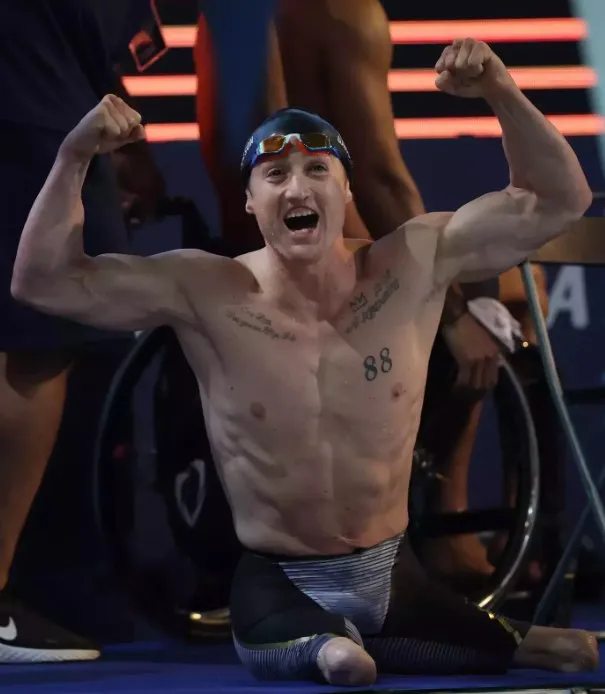
The tattoo ban rule at the Paralympic Games
The tattoo ban was first implemented at the London 2012 Paralympics but was not strictly enforced until the Rio 2016 Games.
Despite this, many Paralympians still aspire to get tattoos commemorating their achievements, including the iconic Olympic rings.
However, the fear of consequences now weighs heavier on their minds.
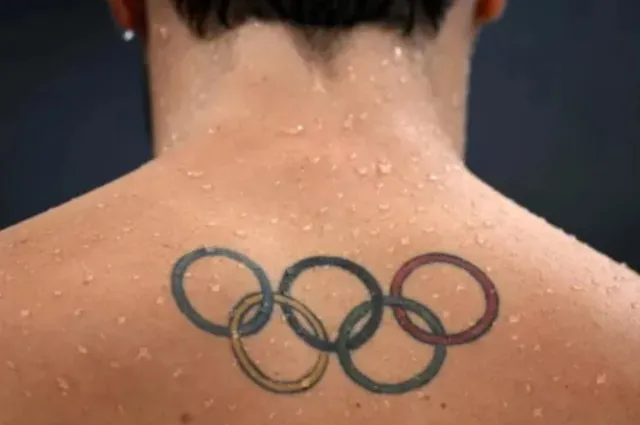
Many Paralympians know that their tatoo could lead to disqualification.
Garcia-Tolson, reflecting on the rule, emphasized the desire for Paralympians to be treated equally to their Olympic counterparts.
Rudy said: “We feel like we should be treated no differently than our Olympic teammates. The title, the names, to me it’s just kind of unimportant.
“Who’s to say in 20 years we don’t have the same logo [as the Olympics]?
“We feel like we should be treated no differently than our Olympic teammates. The title, the names, to me it’s just kind of unimportant”.
Currently, some Paralympians are at risk of disqualification due to their Olympic tattoos. What do you think about this incident?”